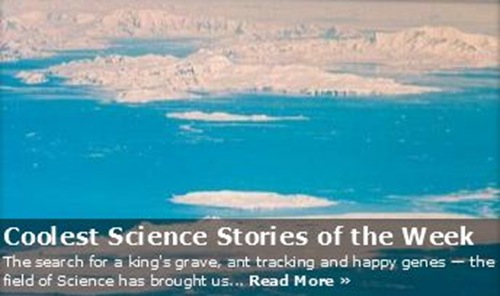
Cool Science
The search for a king's grave, ant tracking and happy genes - the field of Science has brought us some rocking stories this week.
Pictured above, astronauts aboard the International Space Station snapped this image of Antarctica while over the South Atlantic Ocean on Oct. 4, 2011, about 1,1000 miles (1,800 kilometres) to the northeast. This long viewing distance, combined with the highly oblique angle, accentuates the shadowing of the ground and provides a sense of the topography similar to the view you get from an airplane.
11. King's Grave Under Parking Lot?
The search for the long-lost remains of King Richard III in Leicester, England, has turned up traces of what may be the church where the slain monarch was buried.
Leicester University archaeologists announced today (Aug. 31) that their excavations in a city council parking lot have turned up medieval window tracery, glazed floor tile fragments and medieval roof tile. The high-quality materials suggest that the team is indeed digging around the Greyfriars church, where Richard III is said to be buried.
10. Ants Sporting Radio Tags
About 1,000 northern hairy wood ants are expected to have tiny radio tags, about 0.04 inches (1 millimetre) long, attached to their bodies, allowing researchers to track their movements on a protected English estate.
The wood ants, which get their name from the "eyebrows" visible through a microscope, live in colonies housed within nests connected by trails worn into the ground by years of ant traffic. The biologist doing the work, Samuel Ellis of the University of York, intends to examine how the ants interact with one another.
9. Mysterious Sea Object ID'ed
A feature on the floor of the Baltic Sea that was discovered last summer by Swedish treasure hunters is making headlines once again. The latest media coverage draws upon an hour-long radio interview with Peter Lindberg, head of the Ocean X Team (which made the "discovery"), in which Lindberg delivers a string of cryptic and titillating statements about the "strange" and "mysterious" seafloor object his team has been exploring for a year.
Lindberg discusses various possibilities for what the object might be: "It has these very strange stair formations, and if it is constructed, it must be constructed tens of thousands of years ago before the Ice Age," he said in the radio interview. (The peak of the most recent Ice Age occurred some 20,000 years ago.)
8. Planet-Destroying Superweapon
The armaments in the sci-fi realm often make today's "weapons of mass destruction" look puny. Instead of city-slaying nukes, the level of destruction needed to shock the consciences of technologically advanced cultures is more of the planet-destroying variety.
The most famous such doomsday device is the Death Star in "Star Wars." The moon-sized battle station fires a superlaser that blows the planet Alderaan to smithereens in Episode IV. But there's more than one way to knock out a planet, at least theoretically; antimatter or black hole "bombs" could certainly wreck some havoc.
7. Genome of Mysterious Extinct Human Decoded
The genome of a recently discovered branch of extinct humans known as the Denisovans that once interbred with us has been sequenced, scientists said today (Aug. 30).
Genetic analysis of the fossil revealed it apparently belonged to a little girl with dark skin, brown hair and brown eyes, researchers said. All in all, the scientists discovered about 100,000 recent changes in our genome that occurred after the split from the Denisovans. A number of these changes influence genes linked with brain function and nervous system development, leading to speculation that we may think differently from the Denisovans. Other changes are linked with the skin, eyes and teeth.
6. 'Penis Head' Fish Discovered
A new species of fish with a penis on its head has been discovered in Vietnam. But it's not what you're picturing - actually it's probably worse. This penis includes a rod and a jagged hook used for grabbing the female during sex.
The fish, Phallostethus cuulong, was discovered by researchers in Vietnam's Mekong Delta. It is the newest member of the Phallostethidae family, a group of fish with small, skinny, nearly transparent bodies that live in Southeast Asia, and which are distinguished by the location of their sex organs.
5. Can Hurricanes Trigger Labor in Pregnant Women?
Credit: Pregnancy photo via Shutterstock
Exactly what triggers the start of labour remains a mystery, but folklore holds that the weather may influence a baby's arrival. With Hurricane Isaac making landfall, and two other storms brewing in the eastern Atlantic, some may be wondering if the Southeast is due for an increase in births.
Several studies have suggested that drops in barometric pressure can trigger either the onset of labour, or the rupture of the fluid-filled amniotic sac membrane, which is the technical term for a woman's water breaking or starting to leak.
4. A Vegetarian World?
It simply takes too much water to grow a steak. In a new report, leading water scientists say the human population would have to switch to an almost entirely vegetarian diet by 2050 to avoid catastrophic global food and water shortages.
"There will not be enough water available…to produce food for the expected 9 billion population in 2050 if we follow current trends," Malin Falkenmark and colleagues at the Stockholm International Water Institute stated in the report. By their estimation, there should be just enough water to go around if humans derive just 5 percent of their calories from animal-based foods by mid-century, instead of the 20 percent of calories that they currently get from meat, eggs and dairy.
3. Methane Lurks Beneath Antarctica
Microbes possibly feeding on the remains of an ancient forest may be generating billions of tons of methane deep beneath Antarctic ice, a new study suggests.
The amount of this greenhouse gas - which would exist in the form of a frozen lattice-like substance called methane hydrate - lurking beneath the ice sheet rivals that stored in the world's oceans, the researchers said.
2. Gene that Makes Women Happy
The "warrior gene" in men might be the "happiness gene" for women.
A new study found that a low-expression form of the gene monoamine oxidase A (MAOA) seems to give women good feelings, but it doesn't have the same effect in guys. In fact, it's the same gene type that has been linked to aggression in men.
1. Pigeons Vanish in Birdmuda Triangle
Credit: Gail Johnson, Shutterstock
Hundreds of racing pigeons have been disappearing over a sleepy pocket of North East England, earning the region a reputation as the "Birdmuda Triangle."
On Saturday (Aug. 25), the Telegraph reported, one club of pigeon fanciers released a flock of 230 birds from North Yorkshire. Only 13 birds arrived at their destination in Scotland.
Some of the aggrieved hobbyists - who routinely release trained pigeons tasked with finding their way home from distances of hundreds of miles - are now considering grounding their remaining birds until the mystery is solved.


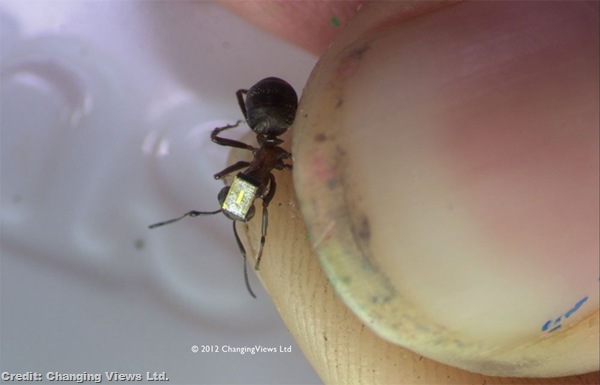
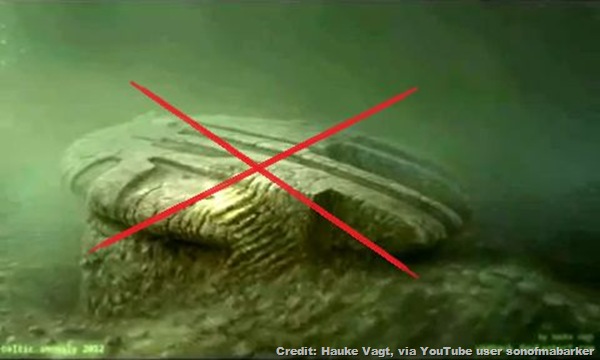
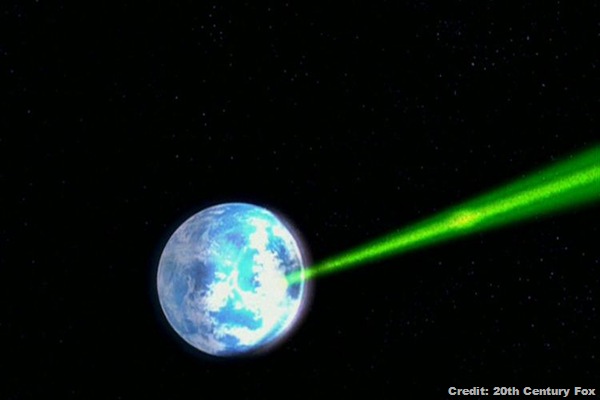
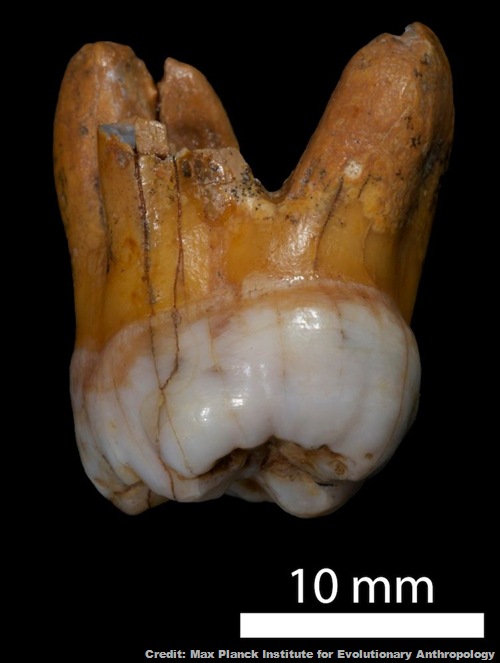
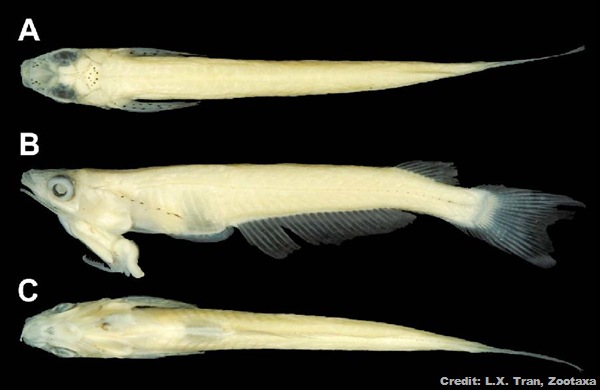


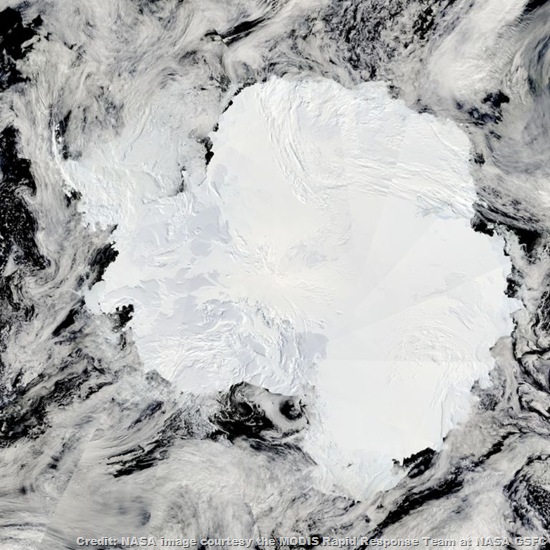


No comments:
Post a Comment
Please adhere to proper blog etiquette when posting your comments. This blog owner will exercise his absolution discretion in allowing or rejecting any comments that are deemed seditious, defamatory, libelous, racist, vulgar, insulting, and other remarks that exhibit similar characteristics. If you insist on using anonymous comments, please write your name or other IDs at the end of your message.